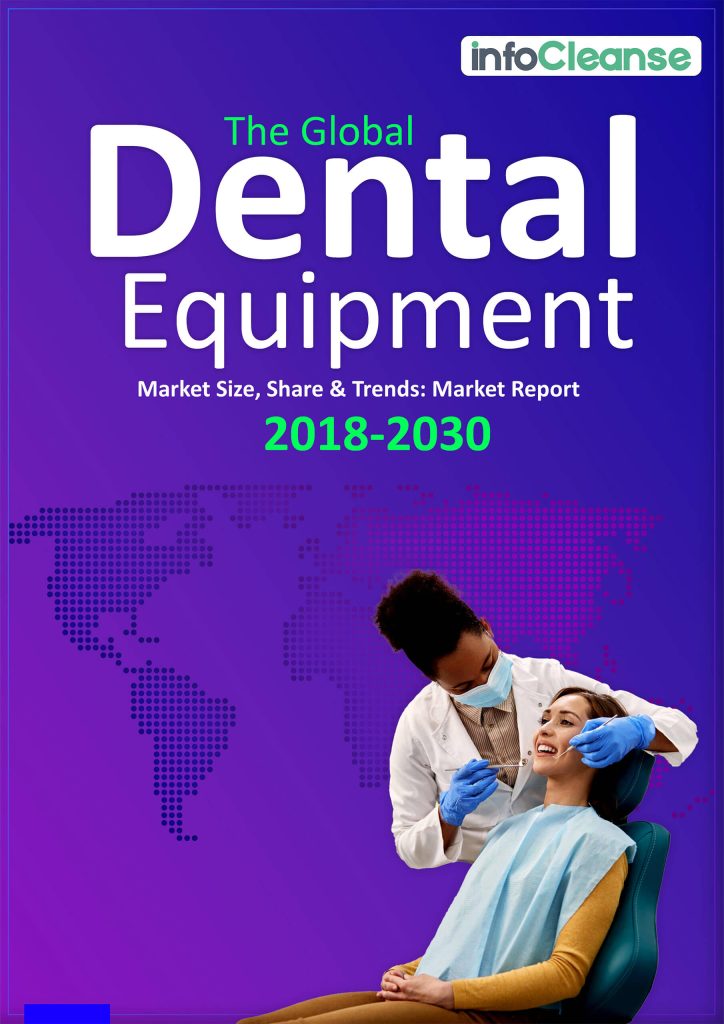Following the pandemic, the global dental equipment market has been steadily growing in terms of valuation. Interestingly, the projections around it vary widely. Yet, none of the reports are based on inaccurate estimations. The discrepancies, instead, come from how rapidly the sector is expanding.
Essentially, any estimation regarding the overall market size stays valid for a brief period before needing readjustment. As such, this constant state of flux translates directly to profitable opportunities for B2B marketers.
Yet, there are a few challenges to navigate. The high cost associated with dental equipment is one of them. The lack of institutional financial coverage for oral surgeries and procedures is another.
Regardless, specific regions have managed to scale despite such issues. North America, for example, will be responsible for 42% of the sector’s total growth between 2021 to 2025. And while not the dominant player in the industry, Asia-Pacific (APAC) serves as an accessible entry point for manufacturers and marketers.
In fact, as opposed to the other dominant regions, APAC is the fastest-growing segment in the dental equipment market.
Now, all of this is only possible due to a few driving factors. The increasing geriatric population and the proportionate rise in periodontal diseases and tooth-related conditions are the primary elements here. Improved awareness about oral health and organizational research efforts are some other contributing factors.
However, the most significant development comes from the increased adoption and demand for modern dental technology. And with the national governments aiming to make oral healthcare more accessible to the masses, advanced procedures and surgeries could soon become available to everyone.
Nonetheless, it can be immensely challenging to execute compelling marketing pitches to dental equipment manufacturers without understanding how the mentioned elements connect to each other. As such, it becomes crucial to approach this information in chronological order.
In doing so, advertisers and businesses can formulate strategies that take the most recent developments into account. Consequently, any resulting campaigns are consistent with the dental equipment industry’s trends while having the flexibility to adapt to the changing market climate and movement.

This report analyzes all the related data to provide a structured overview of the following:
By merely incorporating the provided information into existing promotional strategies, marketers could build a pitch that caters to specific regional markets. Conversely, the provided analysis could also help outline the most sought-after products to help organizations plan an effective strategy to establish a presence in the associated segment.
